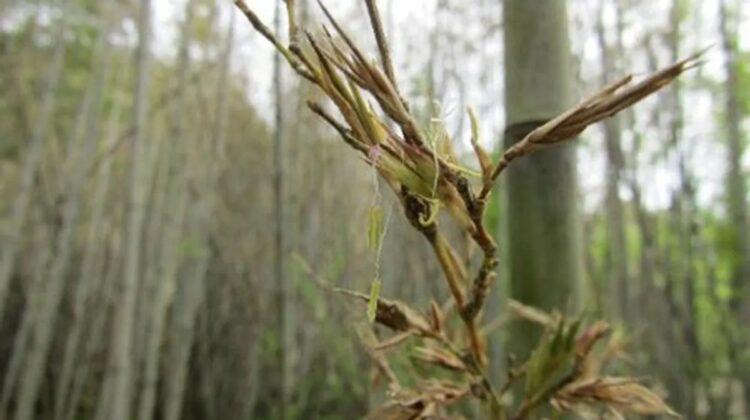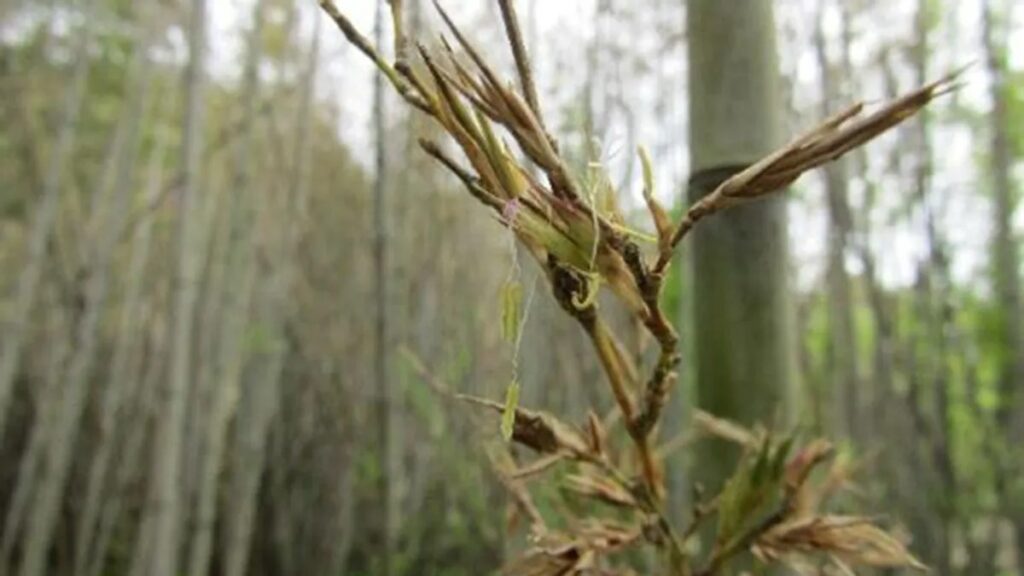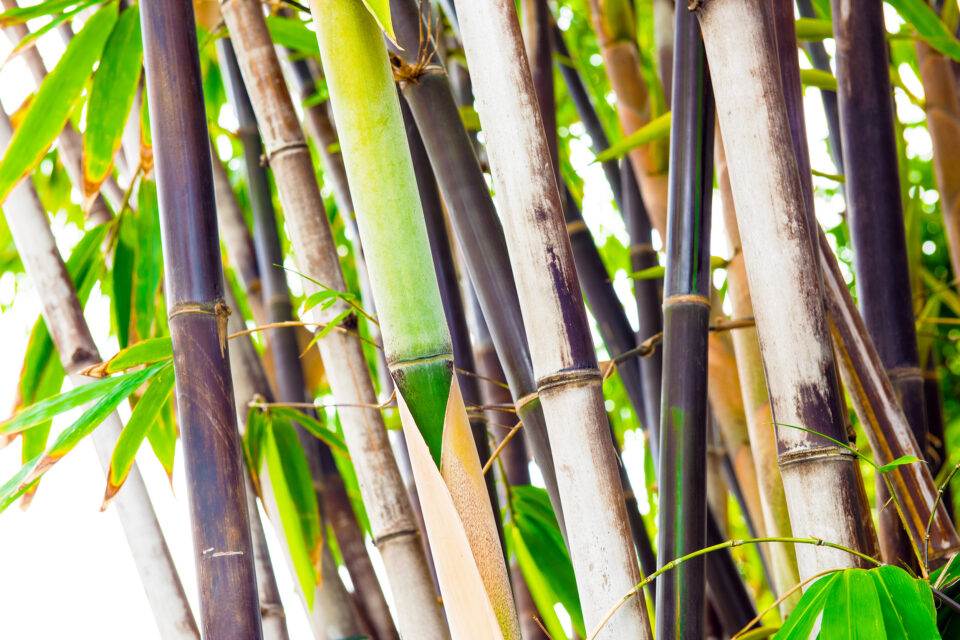
In the realm of flora, there exists a botanical phenomenon so infrequent and cryptic that it has captivated the attention of scientists and nature enthusiasts alike for centuries. This botanical enigma is none other than the flowering of the henon bamboo, scientifically known as Phyllostachys nigra var. henonis. The allure lies not in its once-in-a-lifetime bloom, but in the calamitous aftermath that unfailingly follows – its demise.

You see, the henon bamboo is no ordinary plant; it adheres to a remarkably unusual flowering schedule, emerging into full blossom only once in every 120 years. This, in itself, is an extraordinary occurrence in the plant kingdom. But what makes this phenomenon even more intriguing is the stark reality that accompanies i – the bamboo’s imminent demise.
With such elongated intervals between flowering events, scientists have had scarce opportunities to delve into the intricacies of its regenerative process. The most recent large-scale flowering event of this enigmatic bamboo transpired in the year 1908, with sporadic flowering observed between 1903 and 1912, pointing towards the next significant flowering spectacle looming on the horizon, around the year 2028.

However, in the year 2020, a team of dedicated researchers hailing from Hiroshima University made an astonishing discovery. A lone bamboo plant had decided to break the mold, flowering well in advance of its scheduled botanical calendar. This peculiar flowering occurrence presented an unprecedented chance for scientists to scrutinize the intricacies of its regeneration process up close and personal. Unfortunately, what they uncovered was far from promising.
“The bamboo did not produce any viable seeds that can germinate,” lamented Toshihiro Yamada, the first author of the study. “Bamboo shoot production was stopped after flowering. There was no sign of regeneration of this bamboo after flowering for the initial three years.”
In a disheartening turn of events, the team’s observations failed to reveal any signs of asexual reproduction by the bamboo plant either.

“All culms died in the study site, with no sign of regeneration by seed, culm, or dwarf ramet production apparent,” the research team grimly noted in their published findings. “These results suggest a dark future for P. nigra var. henonis in Japan: the species may be hard to regenerate after flowering.”
The implications of this dire prognosis are manifold. Economically speaking, the regeneration of the bamboo is expected to be an agonizingly sluggish process, spanning several years during which bamboo cannot be harvested. This is likely to cast a substantial shadow over the bamboo industry.
Yet, it is not just the economic sphere that stands to bear the brunt of this botanical catastrophe. The environmental consequences loom large on the horizon as well. The drastic changes in vegetation and land cover that may result from this impending dieback are a cause for grave concern, casting a pall over the delicate ecological balance that surrounds the henon bamboo.

In conclusion, as we eagerly await the next grand spectacle of the henon bamboo’s once-in-a-century flowering event, we must also brace ourselves for the somber reality that follows. This botanical marvel, so unique in its rarity, could very well be facing its own twilight, leaving behind a legacy of unanswered questions and a future fraught with uncertainty for both the bamboo and the environment it inhabits.

Leave a Reply